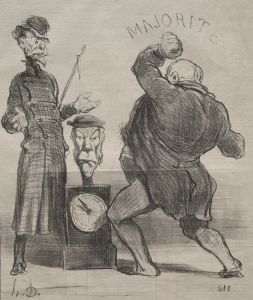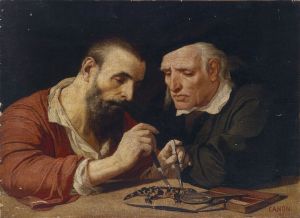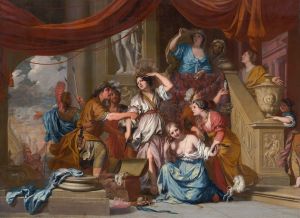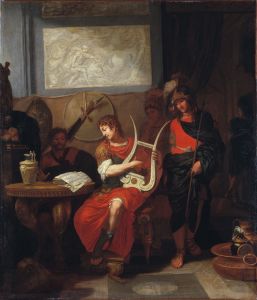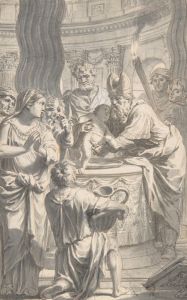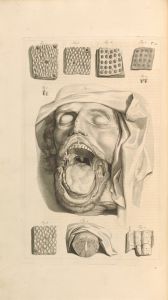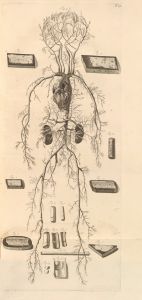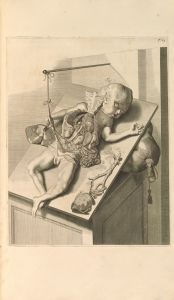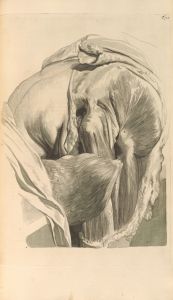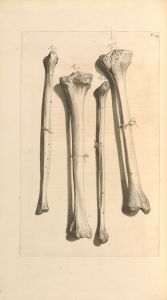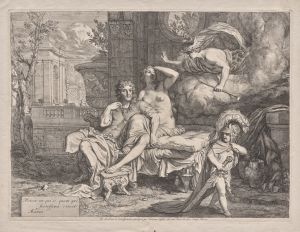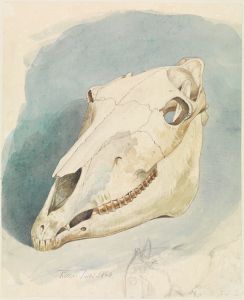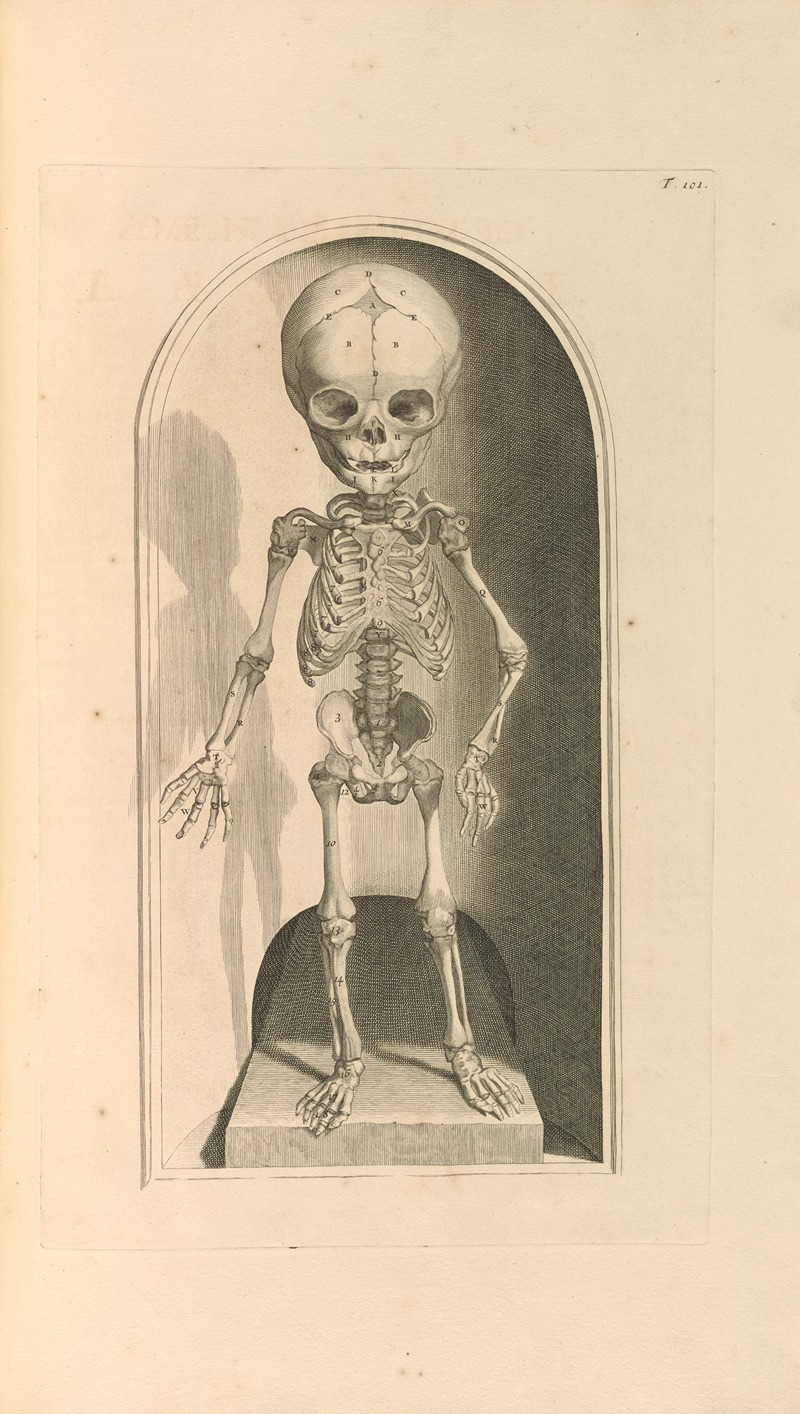
Anatomia humani corporis Pl.102
A hand-painted replica of Gerard de Lairesse’s masterpiece Anatomia humani corporis Pl.102, meticulously crafted by professional artists to capture the true essence of the original. Each piece is created with museum-quality canvas and rare mineral pigments, carefully painted by experienced artists with delicate brushstrokes and rich, layered colors to perfectly recreate the texture of the original artwork. Unlike machine-printed reproductions, this hand-painted version brings the painting to life, infused with the artist’s emotions and skill in every stroke. Whether for personal collection or home decoration, it instantly elevates the artistic atmosphere of any space.
Gerard de Lairesse was a prominent Dutch Golden Age painter and art theorist, born in Liège in 1640 and later active in Amsterdam. He was known for his classical style and his contributions to the art of anatomical illustration. One of his notable works in this field is the illustration for "Anatomia humani corporis," a comprehensive anatomical atlas.
"Anatomia humani corporis" was published in 1685 by the Dutch anatomist Govard Bidloo. This work is significant for its detailed and accurate depiction of the human body, which was groundbreaking at the time. The atlas contains 105 copperplate engravings, which were based on drawings by Gerard de Lairesse. These illustrations were engraved by Abraham Blooteling and Peter van Gunst, who were skilled engravers of the period.
Plate 102 of "Anatomia humani corporis" is one of the many detailed illustrations that depict various aspects of human anatomy. While specific details about Plate 102 are not widely documented, it is part of a larger collection that was intended to provide a comprehensive view of human anatomy for educational purposes. The illustrations in the atlas were praised for their precision and artistic quality, combining scientific accuracy with the aesthetic sensibilities of the time.
Gerard de Lairesse's involvement in this project highlights his versatility as an artist and his ability to work across different genres. Although primarily known for his paintings, de Lairesse's work on anatomical illustrations demonstrates his skill in rendering the human form with both artistic flair and anatomical correctness. His contributions to "Anatomia humani corporis" helped bridge the gap between art and science, making complex anatomical information accessible to both medical professionals and the educated public.
The collaboration between Bidloo and de Lairesse was part of a broader trend during the Dutch Golden Age, where art and science often intersected. This period was marked by a flourishing of scientific inquiry and artistic achievement, with Amsterdam serving as a hub for both disciplines. The detailed anatomical illustrations in "Anatomia humani corporis" reflect the era's emphasis on empirical observation and the pursuit of knowledge.
Despite the high quality of the illustrations, "Anatomia humani corporis" faced competition from other anatomical texts of the time, most notably from the works of Andreas Vesalius. However, Bidloo's atlas remains an important historical document, providing insight into the medical and artistic practices of the late 17th century.
Gerard de Lairesse's work on this project is a testament to his artistic talent and his ability to contribute to scientific endeavors. His illustrations continue to be appreciated for their beauty and accuracy, serving as a reminder of the rich interplay between art and science during the Dutch Golden Age.





